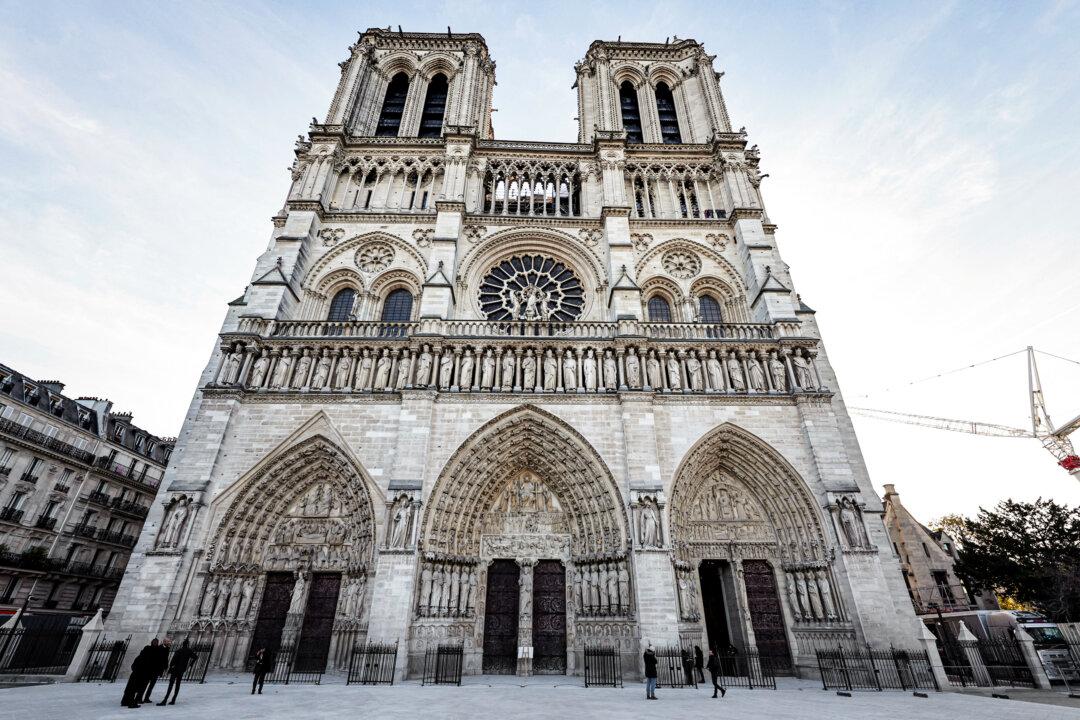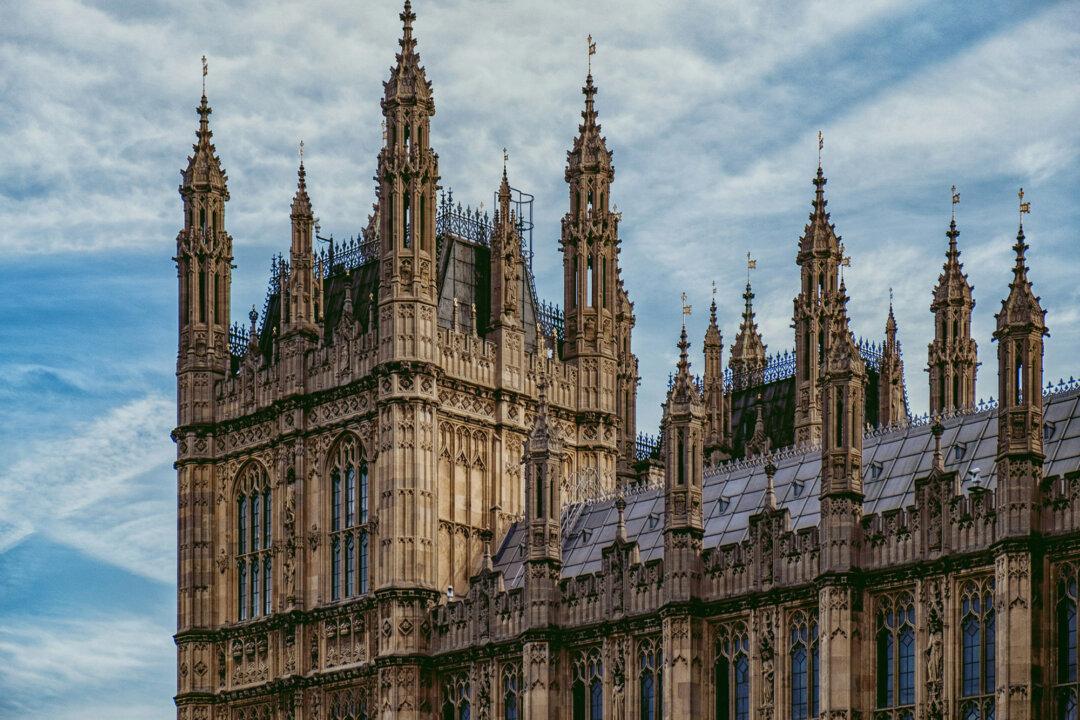Cathedrals and organs were made for each other. Literally.
That’s why my wife, Nicole, and I are sitting serenely inside one of humanity’s most beloved buildings—Notre-Dame in Paris—listening to an organ virtuoso ply his trade across the 8,000 pipes of the cathedral’s Grand Organ. I don’t specifically recognize the music, but let’s just say “Bach” and call it good. The fugues and arpeggios and rills and throbs of this massive instrument tumble through Notre-Dame like zephyrs and tides of the universe itself, and one need no selfies nor podcasts nor even any great depth of understanding to be moved.





